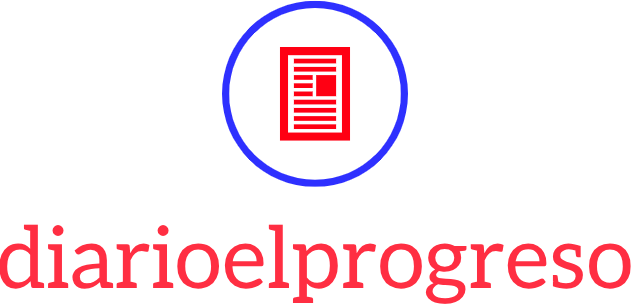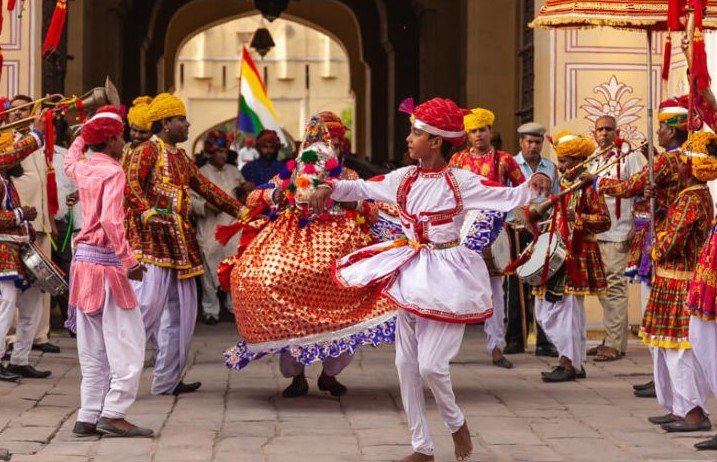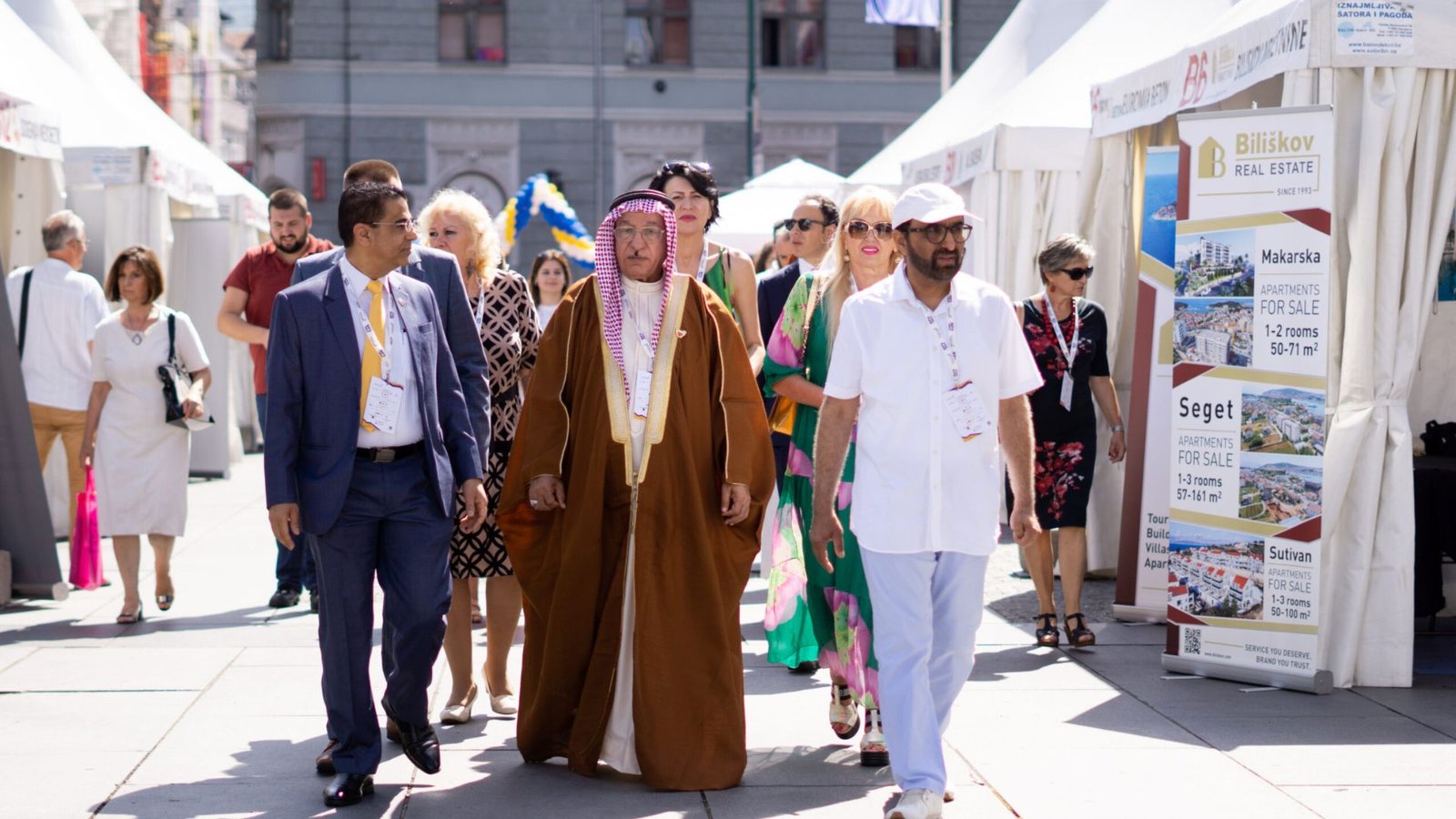Cultural celebrations offer a glimpse into the rich traditions and values of different societies. These events are often rooted in history and carry deep meaning for those who participate. Let’s explore some of the most unique and vibrant cultural celebrations from around the world.

Holi – India
Holi, also known as the Festival of Colors, is one of the most famous cultural celebrations in India. It marks the arrival of spring and celebrates the triumph of good over evil. During this festival, people gather in the streets to throw colored powders at each other, dance, and celebrate with joy. It’s a celebration of unity, love, and new beginnings.
Dia de los Muertos – Mexico
Dia de los Muertos, or the Day of the Dead, is a Mexican celebration that honors deceased loved ones. Taking place on November 1st and 2nd, families create vibrant altars (ofrendas) filled with photos, food, and items that were meaningful to the departed. Marigold flowers, sugar skulls, and candles are central to the decorations. Unlike other death-related traditions, this festival is not somber but filled with music, dancing, and colorful parades, symbolizing the belief that death is just part of the journey of life.
Carnival – Brazil
Carnival in Brazil is perhaps the most famous pre-Lenten celebration in the world. Held annually before Lent, this vibrant festival is known for its energetic samba parades, elaborate costumes, and all-night street parties. In cities like Rio de Janeiro, Salvador, and São Paulo, the festivities draw millions of locals and tourists. Samba schools practice for months to showcase their performances in a competition that is the highlight of the event. Carnival is a grand display of Brazilian culture, music, and creativity.
Songkran – Thailand
Songkran is the Thai New Year celebration, marked by a massive water fight across the country. Held in April, it’s a time to cleanse the old and welcome the new. Traditionally, Songkran was a religious festival where people would visit temples to make merit and pour water on Buddha statues for good luck. Over time, it has evolved into one of the world’s biggest water festivals. People of all ages take to the streets armed with water guns, buckets, and hoses, turning cities into one big water fight.
Oktoberfest – Germany
Oktoberfest is the world’s largest beer festival, held annually in Munich, Germany. This 16 to 18-day event celebrates Bavarian culture, with attendees dressing in traditional lederhosen and dirndls. The festival originated in 1810 as a celebration of the marriage between Crown Prince Ludwig and Princess Therese. Today, it has become an international affair, attracting millions of visitors from all over the world. Beyond beer, Oktoberfest features traditional Bavarian food, music, and fairground rides.
La Tomatina – Spain
La Tomatina, held in the town of Buñol in Spain, is a food fight festival unlike any other. Participants gather to throw tomatoes at each other in the streets, creating a scene of chaos and fun. The festival takes place annually on the last Wednesday of August and began as a spontaneous event in the 1940s. Today, it has grown into a globally recognized festival, drawing thousands of visitors. The tomatoes used are overripe and specifically grown for the event, ensuring no food waste.
Mardi Gras – United States
Mardi Gras, or Fat Tuesday, is a lively celebration held primarily in New Orleans, Louisiana. It’s known for its colorful parades, masquerade balls, and jazz music. The celebration has French roots, originating from Catholic traditions to indulge before Lent. Today, Mardi Gras in New Orleans features elaborate floats, beads, and costumes, with festivities lasting for weeks leading up to Fat Tuesday. The city comes alive with street performances, parties, and a vibrant display of Creole culture.
Up Helly Aa – Scotland
Up Helly Aa is a fire festival held in the Shetland Islands of Scotland to mark the end of the Yule season. This unique festival celebrates the islands’ Viking heritage with participants dressed in Viking costumes, carrying torches in a dramatic parade. The highlight of the event is the burning of a Viking longship, symbolizing the Norse influence on the region. Up Helly Aa takes place in late January and involves singing, dancing, and storytelling well into the night.
Chinese New Year – China
Chinese New Year, also known as the Spring Festival, is one of the most important cultural celebrations in China. Red decorations and envelopes filled with money (hongbao) are common symbols of good luck and prosperity. The celebration lasts for 15 days, with the Lantern Festival marking its conclusion.
Stay Informed and Enjoy Exciting Games
Diario El Progreso keeps you updated with the latest news and trends. After catching up on current events, unwind with thrilling kiwi casino games for an exciting online experience. Stay informed and entertained every day!
Noticias de Actualidad y Experiencias Innovadoras
Diario El Progreso ofrece información confiable y actualizada a sus lectores en todo momento. En un ámbito diferente, Casino VIP Room Jackpotjill ofrece entretenimiento digital con la misma dedicación y transparencia. Ambos representan calidad y compromiso con su audiencia.




